The allure of travel, tropical rivers, and learning exactly where the fish in our home aquariums come from has never been far from my mind, even after a long trip through Southeast Asia doing exactly that. After some months back in the U.S. working and tending to my own aquariums, I caught the bug once again and began thinking about the next adventure. Fast forward a few months to now, and I find myself having embarked on yet another long trip—to South America this time—once again following the fish. The first stop: Bogota, Colombia, the major export hub for wild South American fish in the aquarium trade. After something of a rough landing, with my wife and I both falling ill within a day or two of arrival, I was eager to dive in and leave the cool, mountainous city to get out to where the fish are.
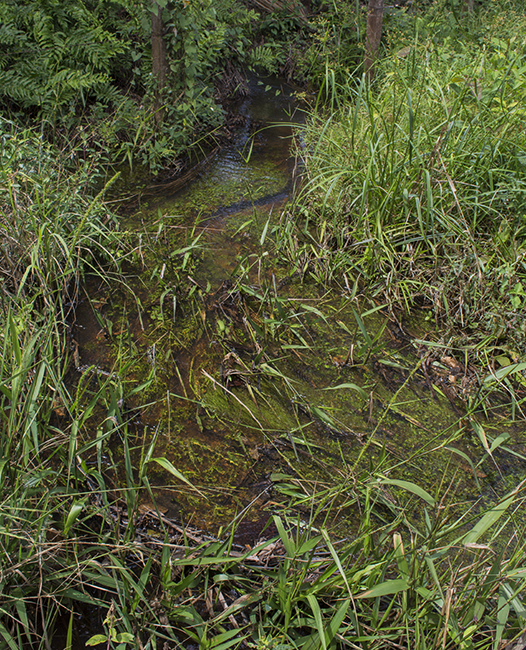
Crystal clear shallow stream in the midst of ranchland. Tetras, Apistogramma, and juvenile Corydoras could all be seen in this shallow creek
Our first destination was just a few hours’ drive outside of Bogota in the town of Villavicencio. Getting there involved a breathtaking (and sometimes breath-holding) drive down through the mountains on a road under heavy construction. Villavicencio lies at the foot of the mountains and marks the beginning of the Llanos, vast plains which extend North through Venezuela. The town also lies along the Rio Meta, which along with a number of its smaller tributaries represents a major collecting region for aquarium fish.
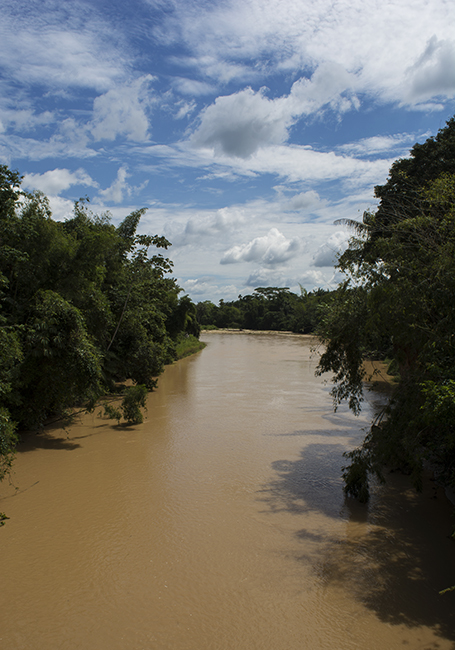
The Rio Metica, a tributary of the Meta and collection point for Corydoras, Bumbebee Catfish, and Stingrays
Perennial favorites like Corydoras metae, clown plecos, rubberlip plecos, and many others are largely collected in this area and held in small facilities in town to await transport (via truck) to Bogota. From there, they are exported all over the world, with shipments of fish leaving Bogota’s El Dorado airport daily for such hubs as Taiwan, Hong Kong, London, Frankfurt, and of course US cities like Miami, New York, and Los Angeles. The scenery around Villavicencio and the neighboring town of Acacia hardly brings to mind the kind of environment we tend to imagine tropical fish come from—it was largely dominated by flat cattle ranches and farmland. Nevertheless, the rocky rivers and morachales (spring-fed creeks in the midst of cattle pastures) teem with fish. Just a quick examination of a clear, shallow morachal by the side of the road yielded an abundance of Hyphessobrycon tetras and a beautiful little harem of Apistogramma.
Later exploration of a larger river, the Rio Orotoy, yielded a similar abundance of fish. A broad, incredibly rocky and fast-moving river, the Orotoy is ideal Loricariid habitat and several species can be found here in abundance. As I walked down the somewhat steep bank leading down to the river itself, I could see several medium-sized Hypostomus fleeing their rocky perch at the sign of my approach. Larger tetras darted around the shallows and gathered in groups any time I overturned a rock, presumably to take advantage of any uncovered food items. Clown Plecos (Panaqolus maccus) could be found under smooth stones, usually in areas where vegetation or twigs had been lodged. The scene was rather remarkable, and it felt a world away from the distinctly sub-tropical conditions in Bogota–although the mountains surrounding the city loomed unmistakably against the horizon.
The afternoon in Villavicencio and around was immensely satisfying—after months of planning, I had finally got my feet wet (literally) and visited one of the fisheries where species I’ve kept and handled for much of my life originate. Driving through the beautiful Llanos and looking at the rivers, streams, and tiny creeks full of fish familiar to aquarium owners thousands of miles away felt like the perfect way to kick off another long journey into perhaps the best-loved aquarium fish region of all—the Amazon Basin. My next stop: the banks of the Amazon itself, by way of the small border town of Leticia, Colombia. More to come as I continue to follow the fish!

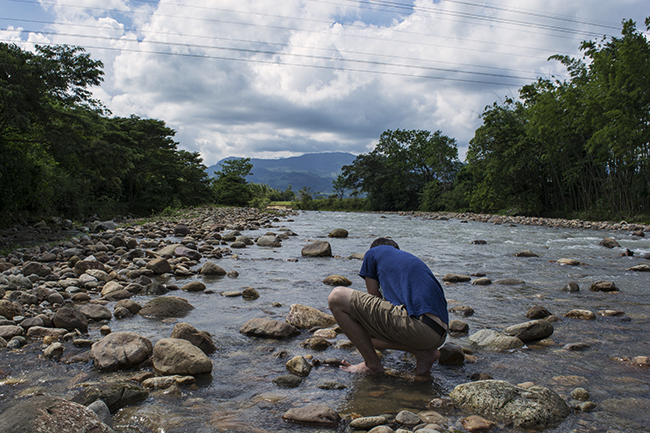
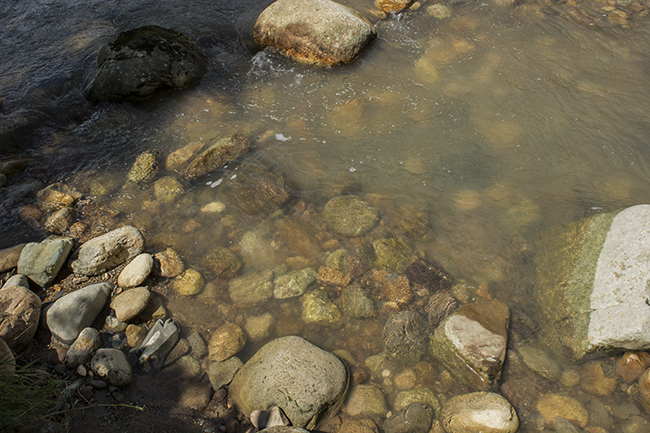
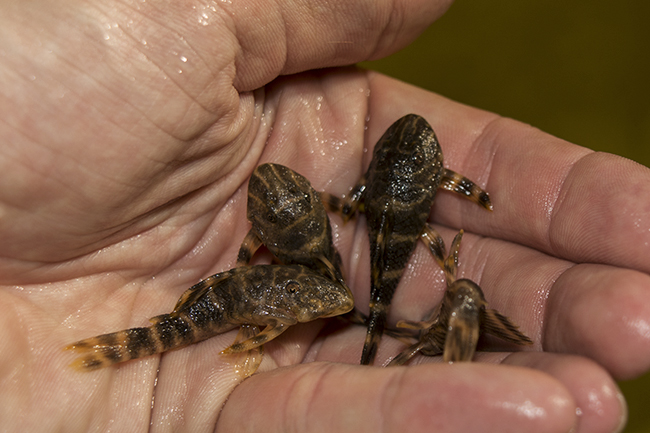





Great read! Would love to have the privilege one day to go on such a collection trip.
Well done! Livin’ the dream, Tucc. Living. The. Dream.
Great read, Mike. Keep up the great work. Be safe.
Actually Villavicencio is not along the Río Meta, but the Río Guatiquía. The Meta only forms downstream, at the confluence of the Metica and Humea rivers near the town of Cabuyaro. But a nice article in any case.